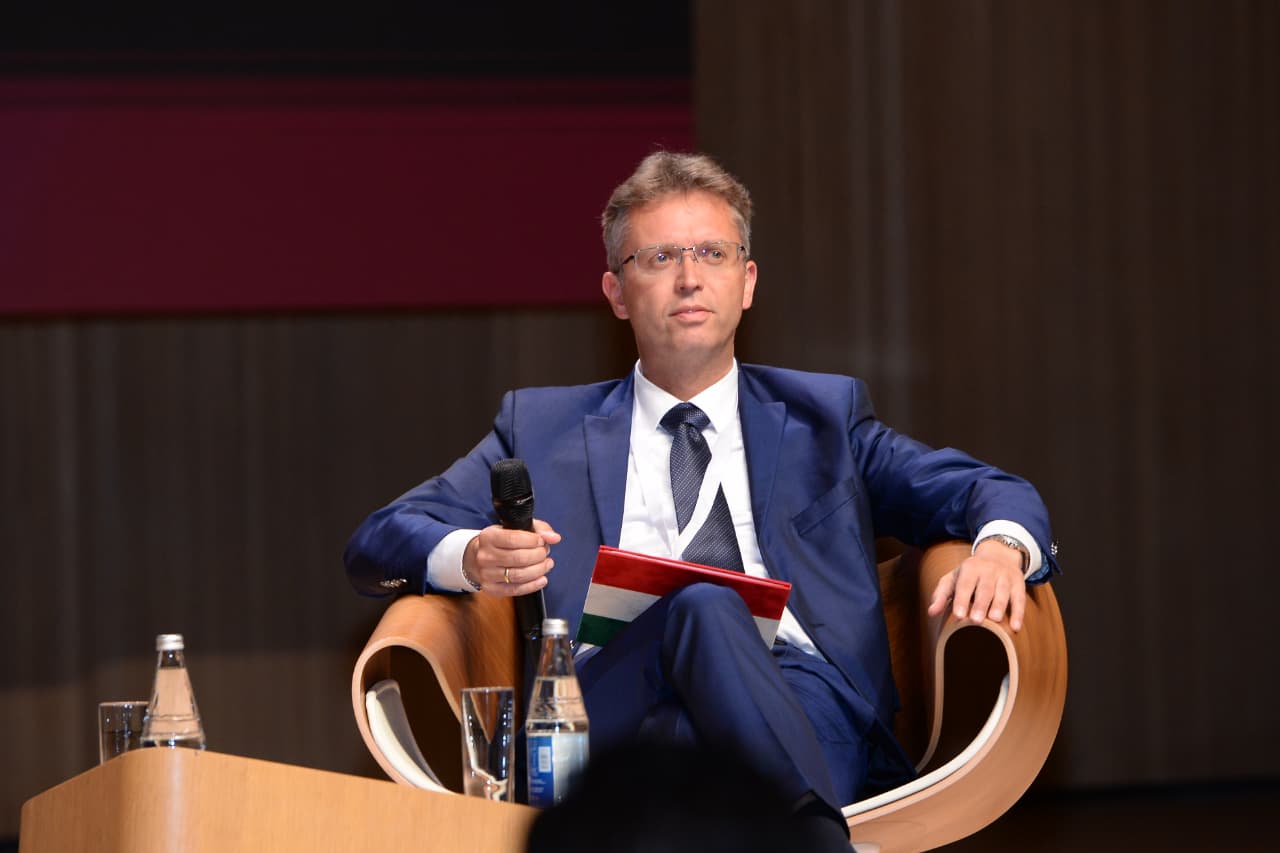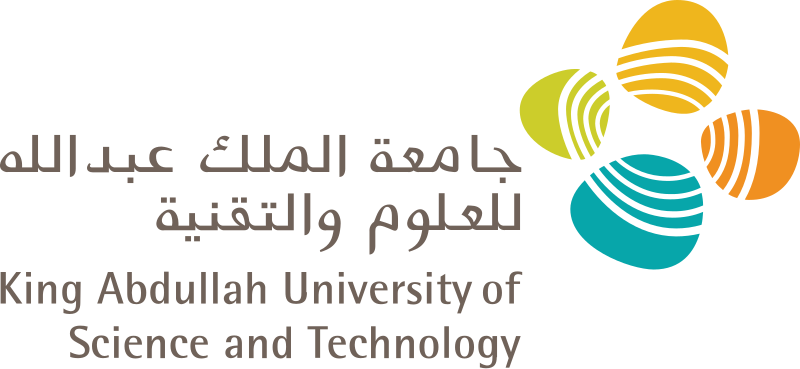
Registration Opens for SAF 2025: International STEAM Azerbaijan Festival Welcomes Global Youth
The International STEAM Azerbaijan Festival (SAF) has officially opened registration for its 2025 edition!

At a panel session of the Eurasia Universities Summit, Balàzs Hankó, Hungary’s Minister of Culture and Innovation, highlighted the remarkable early success of Hungary’s new competitive higher education model, which has fundamentally reshaped university governance and financing over the past two and a half years. He explained that this new comprehensive reform links institutional funding directly to Key Performance Indicators (KPIs) and promotes industry-aligned leadership. According to the Minister, the core philosophy is that “Universities are not serving themselves; they should serve the careers of their students and the nation’s economy.” As a result of these changes, he noted, international high-impact (Q1, T1) publications have increased by 48%, while Research and Development income has grown by nearly 70%.
The Minister also emphasized that fairness is maintained by tailoring KPIs to each university’s profile, ensuring that performance metrics align with institutional missions. For instance, a medical university is evaluated primarily on scientific publications, while an arts institution may be assessed by producing a new performance on an international stage—recognized as equivalent to an academic publication. This approach is embedded within a broader strategic framework guiding the reforms, which prioritizes Research Excellence, Educational Excellence, International Strategy, Talent Management, and Sport Development, while allowing each institution to define performance indicators suited to its unique role.
The second key component of the reform, Minister Hankó explained, is the transition of universities from state ownership to Public Interest Trust Fund ownership, granting institutions greater flexibility and autonomy. This governance model ensures that university strategies directly respond to labor market demands by including CEOs from major Hungarian and international companies on the Boards of Trustees, which serve as the primary maintaining bodies.
Answering audience questions, Minister Hankó also introduced a new initiative at Hungarian universities: the Csontváry Program. Named after the famous Hungarian painter whose original profession was pharmacy, the program allows students to earn university credits by engaging with cultural activities such as visiting museums, exhibitions, cultural events, and folk heritage sites. The Minister emphasized that this approach reflects the belief that cultural engagement is an essential part of a comprehensive university education.
Share

Registration Opens for SAF 2025: International STEAM Azerbaijan Festival Welcomes Global Youth
The International STEAM Azerbaijan Festival (SAF) has officially opened registration for its 2025 edition!

Applying to KAUST - Your Complete Guide for Masters & Ph.D. Programs (Upcoming Admissions)
Admissions Overview & Key Requirements

Join the Edu-live Internship Program!
Are you passionate about journalism, education, science, as well as global study and development opportunities? Do you want to be part of a dynamic media platform that brings educational and scientific news and stories to life from around the world?

Young Leaders Union Conference 2025 in Paris (Fully Funded)
Join Global Changemakers in Paris! Fully Funded International Conference for Students, Professionals, and Social Leaders from All Nationalities and Fields

An mRNA cancer vaccine may offer long-term protection
A small clinical trial suggests the treatment could help keep pancreatic cancer from returning

Yer yürəsinin daxili nüvəsində struktur dəyişiklikləri aşkar edilib
bu nəzəriyyənin doğru olmadığı məlum olub. Seismik dalğalar vasitəsilə aparılan tədqiqatda daxili nüvənin səthindəki dəyişikliklərə dair qeyri-adi məlumatlar əldə edilib.